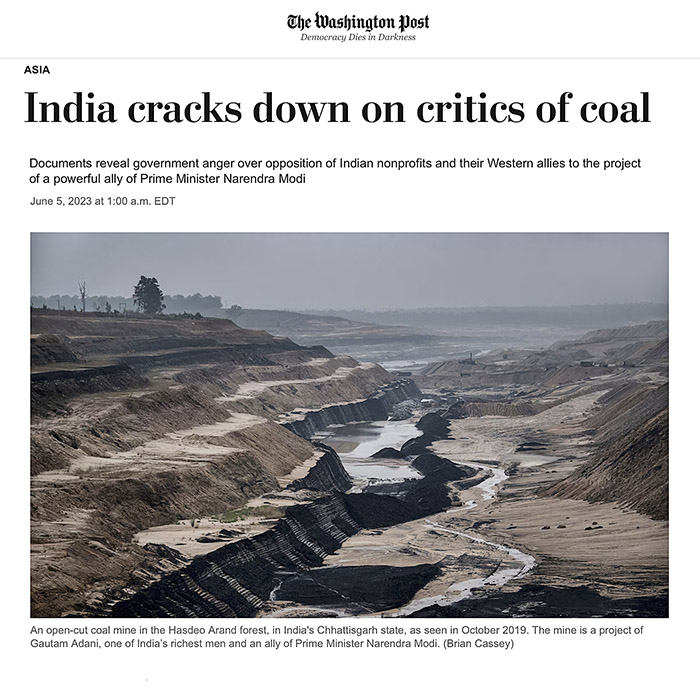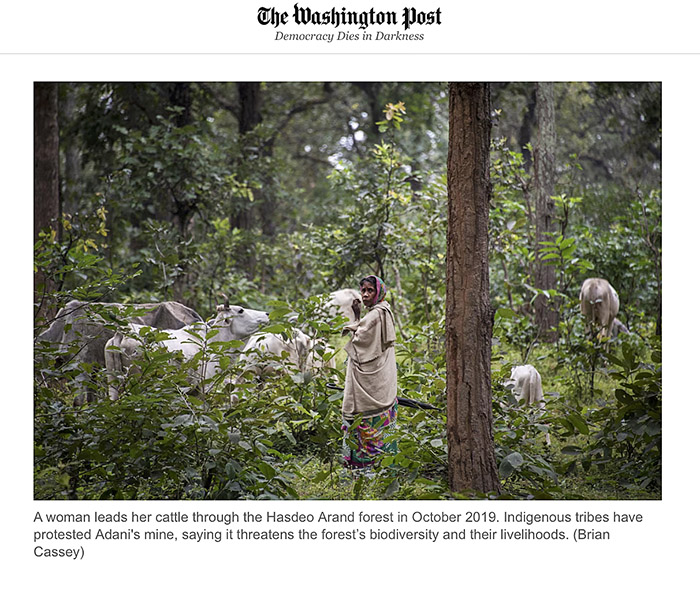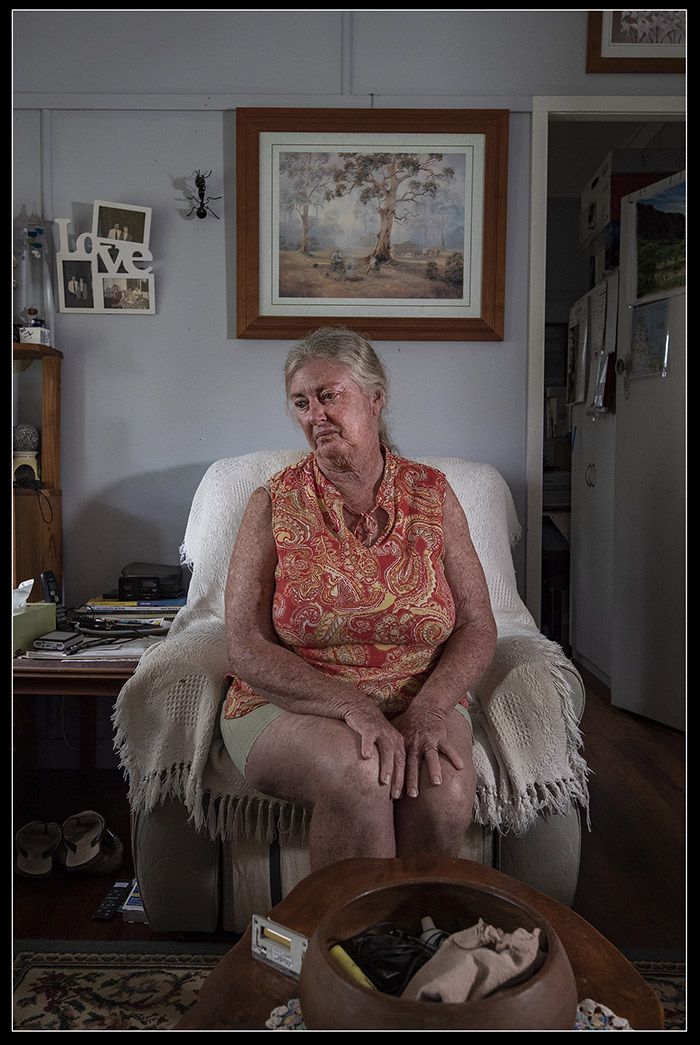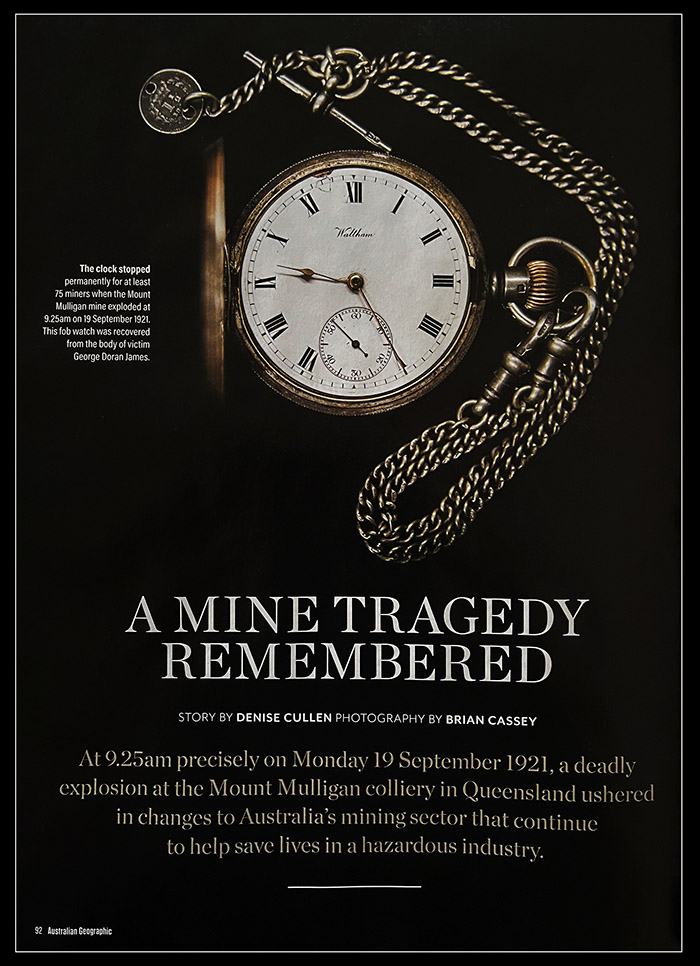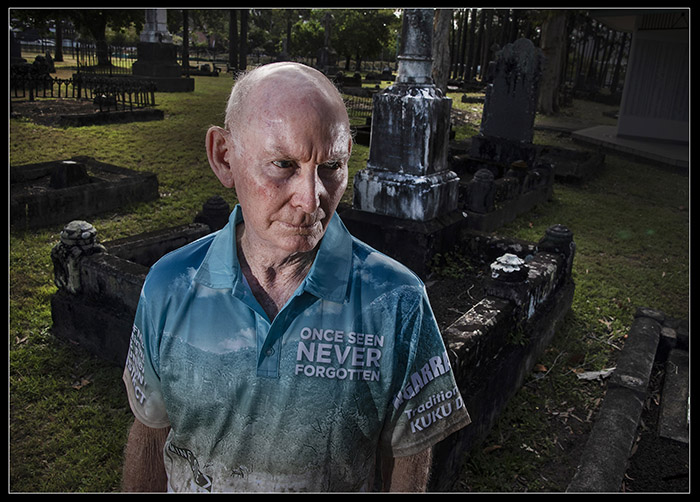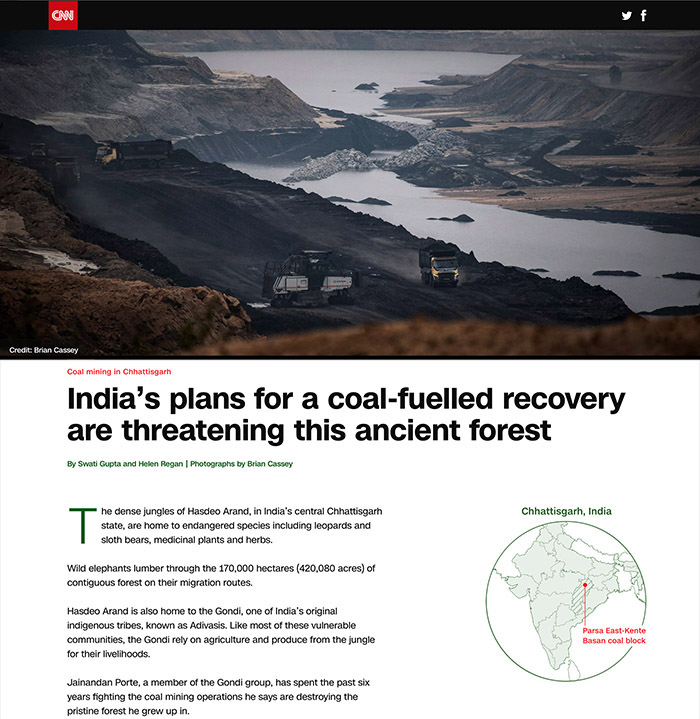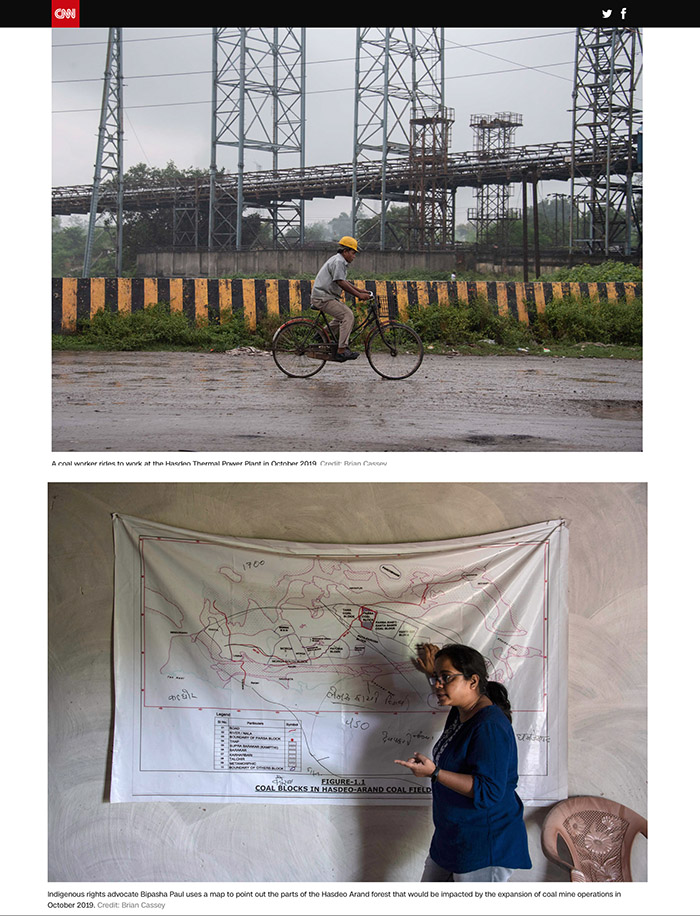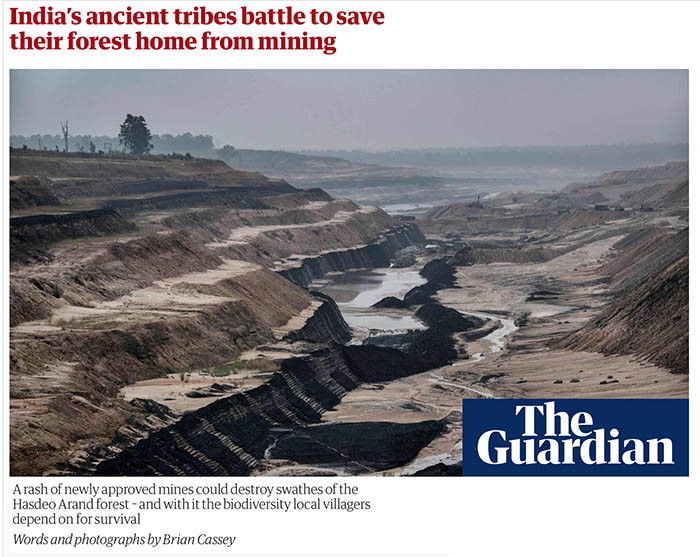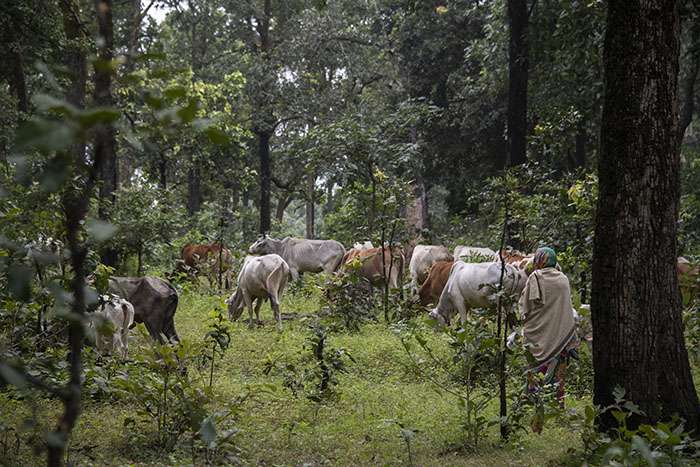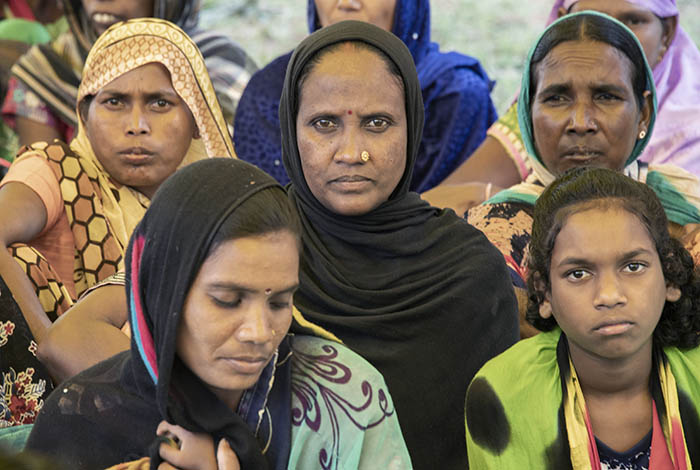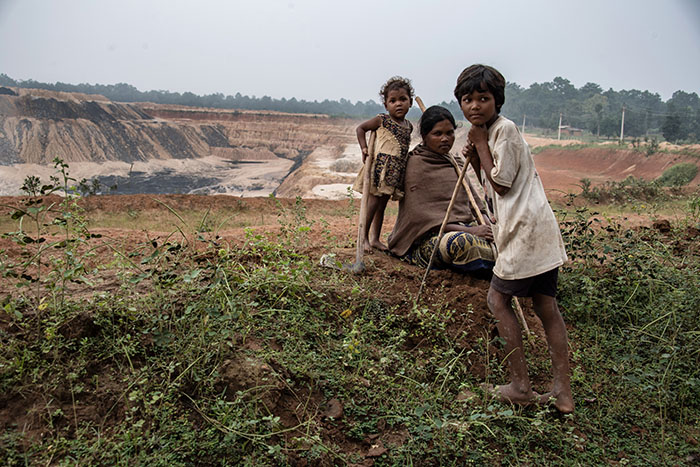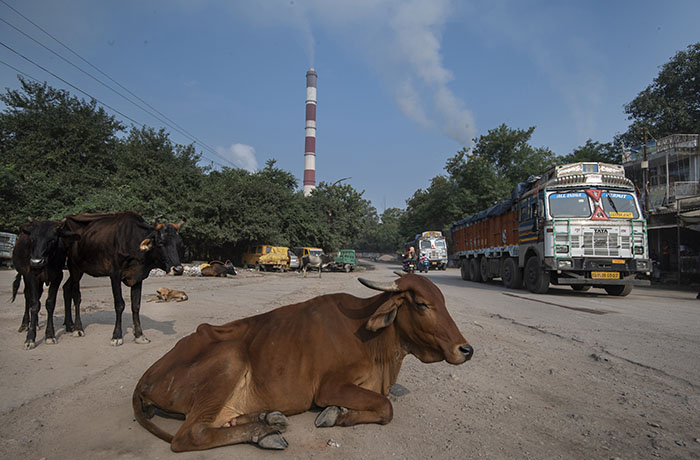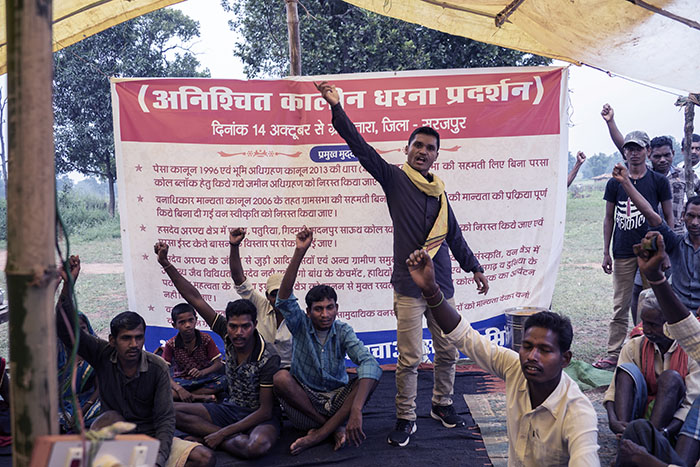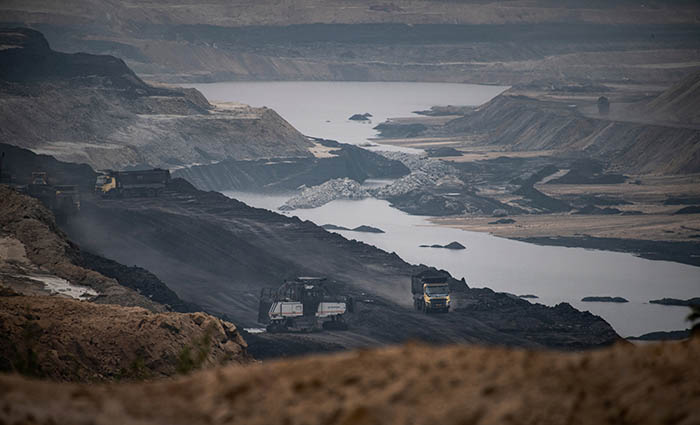… very gratified to be a part of a significant political and environmental story crafted and published yesterday by The Washington Post.
The story … by journalists Gerry Shih, Karishma Mehrotra and Anant Gupta and accompanied by two of my images from Chhattisgarh, India … is entitled “India Cracks Down on Critics of Coal”. The lengthy story documents how India’s Modi government is using state power to help Gutam Adani expand his coal operations in the country and silence the voices of NGO’s and other critics both Internationally and internally.
A large focus of the story is the destruction of the Hasdeo Arand forest in Chhattisgarh state central India by the expansion of open cut coal mines already operating or planned … with Adani a major player. It also documents the special relationship between Gutam Adani and India Prime Minister Narendra Modi and the impacts on any opposition to coal expansion.
In 2019 I wrote and illustrated a story on the impact of the destruction of the Hasdeo Arand, the effects on the Gond tribal people who have called it home for centuries and the plans for many more coal mines in the pristine forest area, home to elephants, jaguars and other wild life. The story was featured in The Guardian (main story and a photo gallery) and several other International publications including CNN, Italy’s ‘Corriere Della Sera’ newspaper, ‘Orion’ environmental magazine and more. The Washington Post story updates the situation in my original story and expands into how the Indian government is cracking down on any dissent, be it International NGO’s or Indian Nationals, as Adani and others carve up the profits from unbridled coal expansion.
It is a worrying, troublesome but important and fascinating read … highly recommended … and may be found here … https://www.washingtonpost.com/world/2023/06/05/india-coal-adani-modi-crackdown/ (no subscription required). My two supporting images from the Hasdeo Arand forest are shown below.
Images © Brian Cassey – publication The Washington Post
